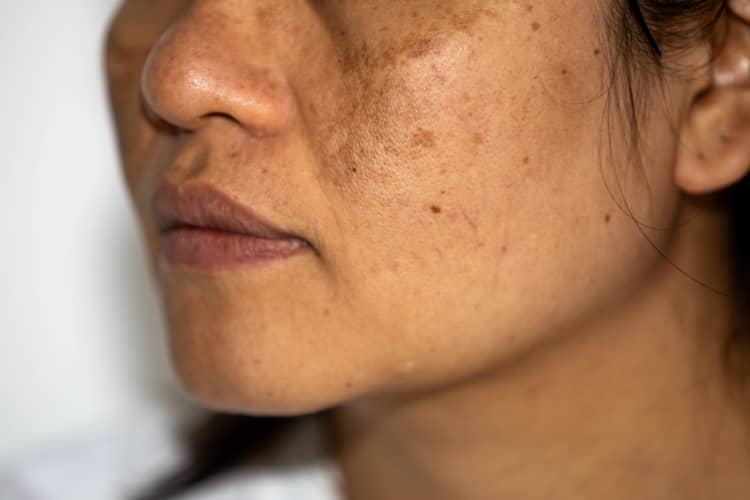Hi,
Stubborn melasma that has not responded to standard treatments such as Tri-luma, hydroquinone and oral tranexamic acid pose a challenge to even the most experienced of doctors. The following strategies may be employed:
1) Re-evaluate to exclude mimics of melasma such as post-inflammatory hyperpigmentation, ochronosis and lichen planus pigmentosus.
These other forms of facial pigmentation may resemble melasma and require totally different treatment strategies.
2) Consider the use of alternative topical lightening agents such as azelaic acid, arbutin, etc.
Some patients develop paradoxical darkening of their melasma after using hydroquinone-containing products due to skin irritation and the use of alternative non-hydroquinone topicals may just help.
3) Consider 2nd line and 3rd line treatment options.
These include superficial chemical peeling, IPL and low-fluence 1064nm laser toning. For stubborn melasma, despite all efforts, response may still be poor so you must really calibrate your expectations if you decide to proceed with the 2nd and/or 3rd line treatment options as these options often entail increased treatment costs.
A challenging situation to navigate. Hope you find some success in your journey!





